While doing research for our trip to Vermillion Cliffs National Monument in Arizona, White Pocket came up as an alternative to the famous Wave. Not only does White Pocket not require a permit to visit, but it also holds its own as far as breathtaking landscapes and surreal terrains. Although it is not the easiest to get to, this place is worth every second of navigating through the long and deep sandy roads. White Pocket is a photographer’s dream. I swear I had to drag Dustin back to the car before it got too dark for us to find our way back.
Important Note: To get to the White Pocket, you will need a high clearance vehicle with 4WD and a good GPS system. The roads to get there are long and full of deep sand. Don’t try it with anything but a high clearance 4WD vehicle. It is a very expensive tow if you get stuck.
Please make sure to respect this beautiful place and the surround areas. Always practice LEAVE NO TRACE. This means no loud music, no graffiti, no carving in sandstone walls and pack out what you pack in! Please help us protect this place for generations to come!
Stats
Where
White Pocket:
36°57’17.9″N 111°53’37.1″W
Parking
Dirt parking in front of the trailhead
Restroom
There is no restroom
Fee
Free
Weather
Distance
About 400 yards to the first rock formation. After that, there is no trail. You are free to explore as much as you want.
Elevation Gain
It’s mostly flat with a few small hills depends on where you go.
Level
Easy
Time:
All day
Pet-friendly
You can bring your dog here.
Ideal Weather
Dry, cooler weather. October through June are the best months to go. Summer can get VERY hot here.
Ideal Time
Sunset or sunrise will be better for photos. If you can spend the night, the night sky here is spectacular.
Video
How to Drive in Deep Sand
One of the reasons White Pocket doesn’t have as many visitors as other areas in Vermillion Cliffs is because of how remote and difficult it is to get there. The roads to get to White Pocket are full of deep sand. Depending on the time of the year, it can be very deep and treacherous. If you’re not familiar with 4×4 driving or are unsure of your vehicle’s capabilities, it might be best for you to take a tour from Kanab. You can find more info about authorized guides at the BLM visitor centers.
Few Tips That Help Us Driving in the Sand:
- Make sure to let some air out of your tires BEFORE hitting the sand. This will give you more surface to “float” on top of the soft sand.
- Don’t slow down too much or stop abruptly. The key is to keep your momentum. This doesn’t mean speeding but keeping your speed and forward momentum up a bit.
- Because of the soft sand, you might feel the car sliding around and out of control. This is normal. Make sure to keep your forward momentum and gently compensate for the sliding.
- If for some reason, you feel like your car is slowing down and the tires start to spin, stop immediately. If you keep stepping on the gas, it will only dig the car deeper in the sand.
- After you’re done driving on the sand, make sure to re-inflate your tires before continuing on.
- If you get stuck, use a shovel to help you dig out of the sand. Sand tracks or car floor mats can give you traction. You can also try to use sticks, shrubs, etc. to help you get traction.
Things You Need
- Shovel – just in case you get stuck and have to dig your car out.
- Sand tracks – helps to give your car traction. The sand tracks usually can also be used as a shovel.
- Portable air compressor with a car adapter – if you need to deflate your tires to drive in the sand, you will need this to inflate them back up before driving on the hard road.
- Full tank of gas
The Adventure
The Drive to the Old Corral
Getting to White Pocket is a whole adventure in itself. It will take at least 2.5 to 3 hours or more to get there, depending on the road conditions. After a rainfall, House Rock Valley Road might be impassable. If there are heavy rains, there might be quicksand on some of the roads. Although the quicksand is only about knee-deep, it can be problematic if you get stuck in it.
To get to White Pocket, from Kanab, Utah, take Highway 89 East for 38 miles. Turn right onto House Rock Valley Road. If you’re coming from Page, take highway 89 West for 35.5 miles and then turn left on to House Rock Valley Road. From here, it is about 20.1 miles on House Rock Valley Road before reaching an old Corral on the right-hand side. From here, turn left onto Pine Tree Road, also known as BLM Road 1017.
The Drive From the the Old Corral to White Pocket
After following BLM Road 1017 for 6.2 miles east, you’ll see a farmhouse. The main road will stay toward the left onto BLM Road 1087. There should be a directional sign pointing toward the White Pocket. This is the perfect place to check your tire pressure and make sure your car is ready for deep sand. The roads from here on will be full of deep sand. If you come across any gates, you are allowed to pass through them. However, please make sure to leave the gates as you found them.
Once driving on BLM 1087 for about 3.9 miles, you’ll come up to a fork on the road. Stay left to follow BLM 1086. Stay on BLM 1086 for about 5.6 miles until you get to the parking for White Pocket. There is a big sign before the parking lot, letting you know that you’re at the right place. The trailhead is right next to the parking lot, behind the informational sign.
The Trail to White Pocket
From the trailhead, it is a short 400 yards to the first rock formation. From this point, there is no more trail. You are free to wander about and explore this otherworldly place. It’s really hard to do justice to the beauty of White Pocket. Most of the area is made up of gray rock layers that resembles cauliflower. Sprinkled through this area are the windswept layers of yellow, orange, and white rock formations. These formations were created and shaped by the elements over millions of years. Some of them reminded us of a giant multi-layered lemon cake, while others resembled swirls of cinnamon ice cream.
The Geology of White Pocket
The geology at White Pocket is quite interesting. Many geologists believed that it is the result of soft-sediment deformation millions of years ago. This is a common phenomenon that develops during or right after the deposition of sediments. The sediments are either “liquid-like” or unsolidified for the deformation to take place.
According to Marc Deshowitz, a retired geologist, White Pocket was the result of a big sand-slide mass, set off by an earthquake. The rapid loading from the sand mass-created pressure adjustments within the underlying saturated sand. This resulted in deformations and fluid formations. Because of how well preserved the fine laminae and cross-beds underneath the slide mass are, Marc believed that the original slide plane may be buried several hundred feet below the surface.
White Pocket Area
As we explored the area, it felt like we were not on Earth anymore, but instead, a whole different planet. If you walk quickly, you can explore the whole place in about 3 to 4 hours. However, White Pocket is a place where you need to slow down to be able to take it all in. There is so much beauty at every turn, every angle. It was really windy the day we were there. We’re not sure if it is normal here but we can see how the wind helped to shape this place.
White Pocket is a photographer’s paradise. I couldn’t get Dustin to leave. He was enthralled by the magic of this place. Since we didn’t have any camping gear with us on this trip, we had to leave before it got too dark. However, I could imagine how beautiful this place would look under a night full of stars.
You can camp overnight here at White Pocket. There are no toilets or potable water at the White Pocket. If you camp here, please make sure to practice LEAVE NO TRACE. This means to only use existing campsites, pack out ALL of your trash including food scraps and toilet paper, and do not damage the area or collect firewood. Also, it is important to bury your 💩 at least 6” deep and well away from the campsites. If you’re exploring the area at night, make sure to mark the location of your car with a GPS. Since there aren’t any trails here and it is pitch black at night, it is very easy to get lost.
Dustin and I can’t wait to go back and spend a night or more here. There was so much to see that we didn’t get to explore all of it. If you haven’t been to White Pocket already, we recommend checking out this breathtaking place. Not only is it a rival to the famous Wave, but it is also in a league of its own.
These are the gear that we personally use and find them helpful for this particular adventure. Don’t forget to check out our Recommended Gear section as well.
adventure gear
Good hiking shoes are recommended on these adventures. Vy uses the Merrell Women’s Moab 2 hiking boots
Dustin’s shoes are Targhee III Waterproof
Make sure to use lots of sunscreens! We use eco-friendly, reef-safe sunscreen, Stream2Sea SPF 30.
Face sunscreen is also important. We love these tinted, organic All Good Organic Sunscreen Butter.
You should always bring plenty of water. Vy loves the Camelback L.U.X.E.
For shorter hikes, the Patagonia Women’s Nine Trails Pack 18L is perfect to hold water and your essentials.
If you want something lighter, we love the packable Patagonia Women’s Houdini® Jacket and Patagonia Men’s Houdini® Jacket
You’ll need a shovel for digging your vehicle out of the sand if you get stuck. This portable shovel doesn’t take up much room and will do the job.
Sand tracks are helpful to give your car traction to get out from the sand.
Once you deflate the tires, you will need to inflate them back up before driving on the hard road. This portable air compressor is perfect for that!
other things to bring
- Make sure to have a full tank of gas before going
- It’s going to be a full day, bring lots of snacks and food with you. For healthy and easy snacks, check out some of our recipes.
camera gear
Related Posts
Save your pins:
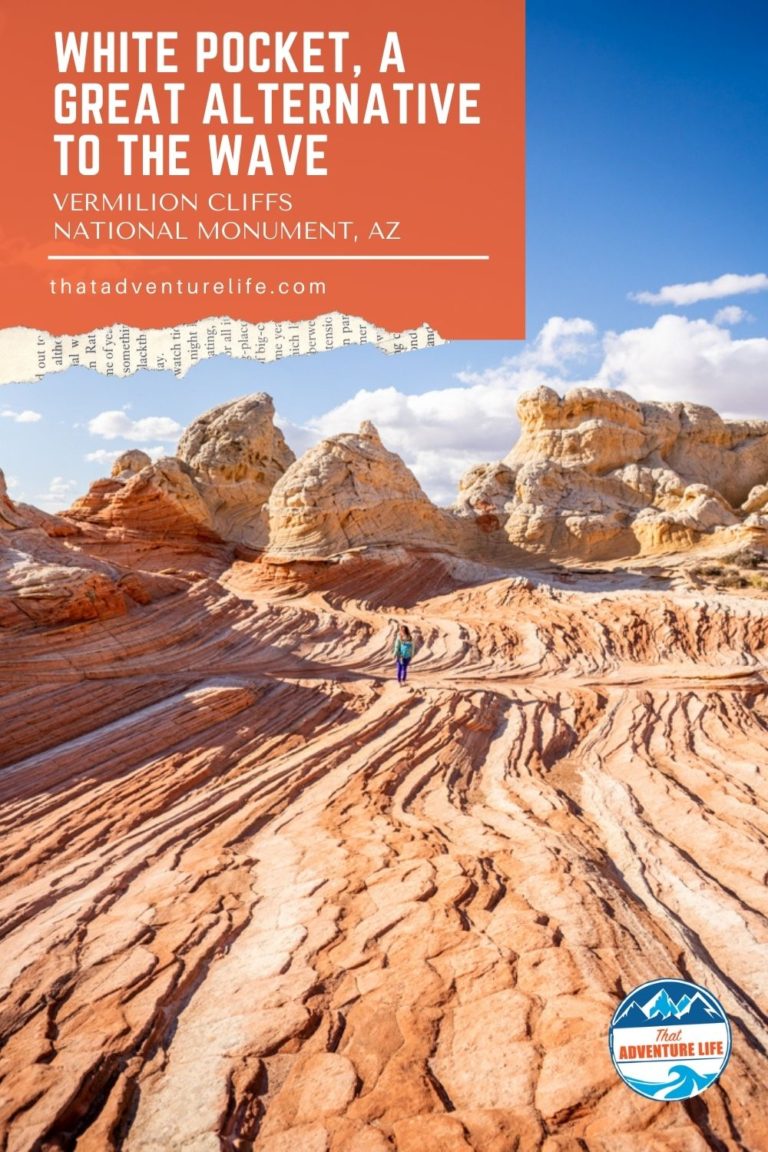
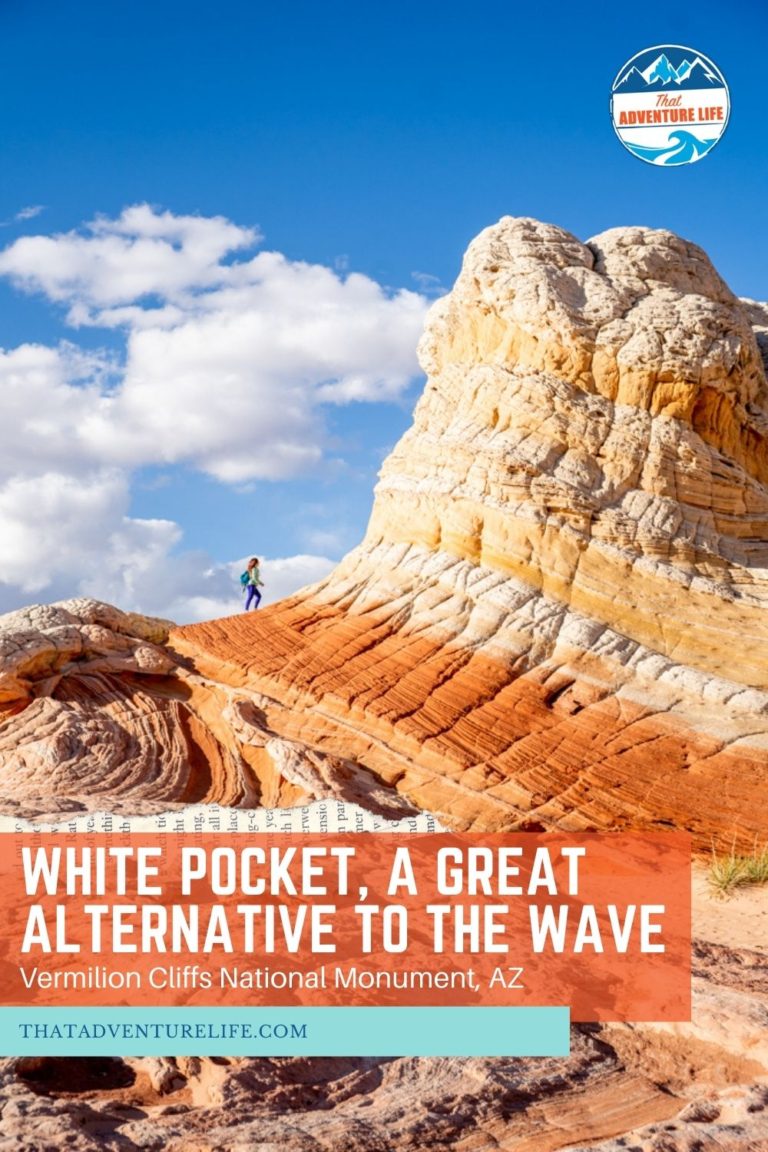
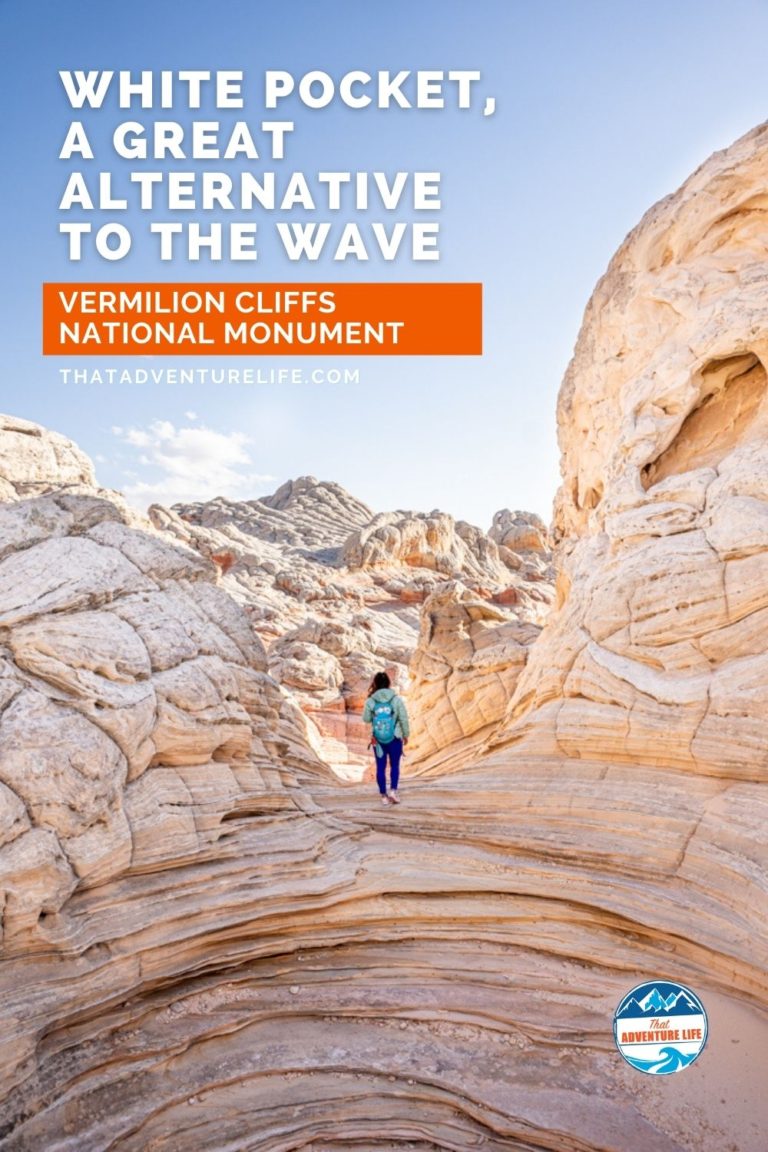
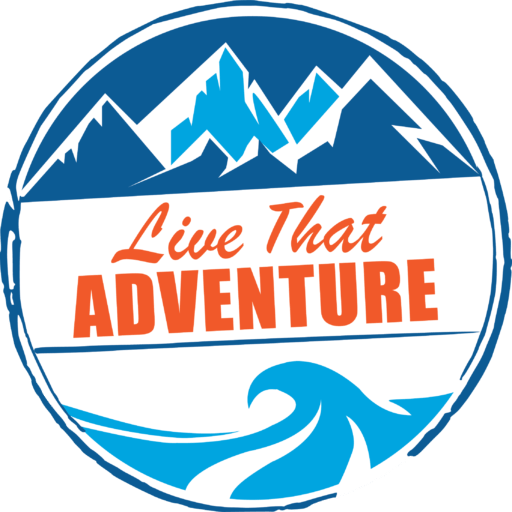
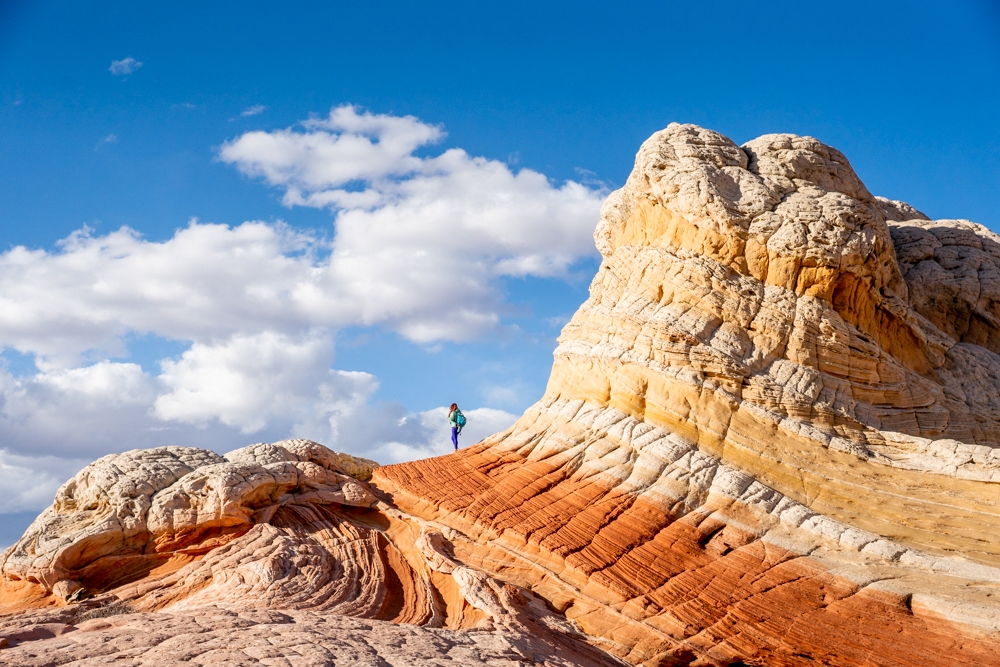
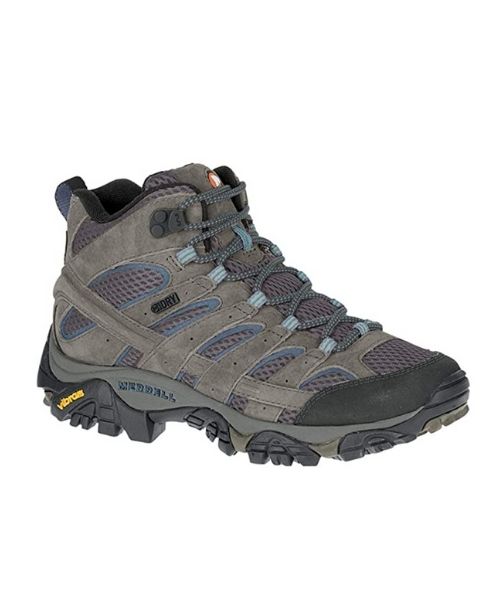
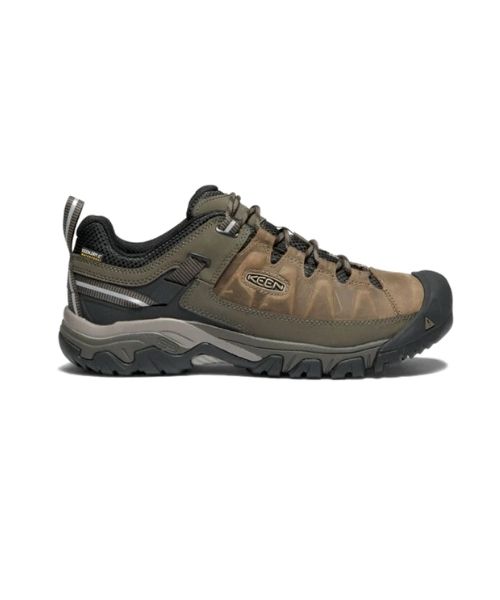
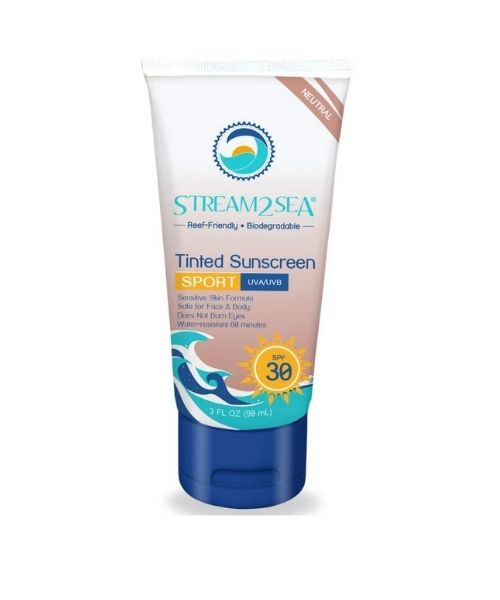

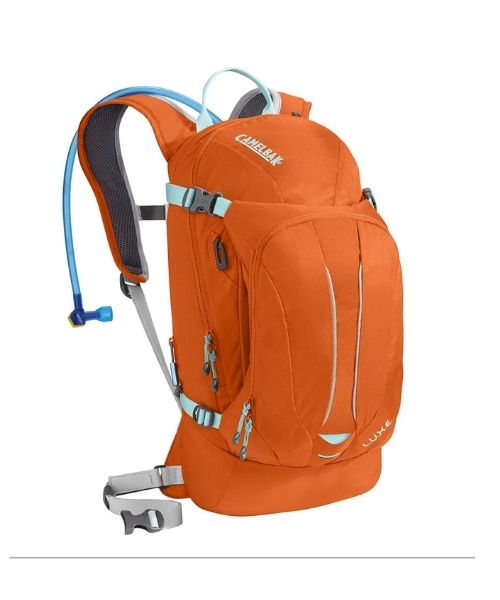
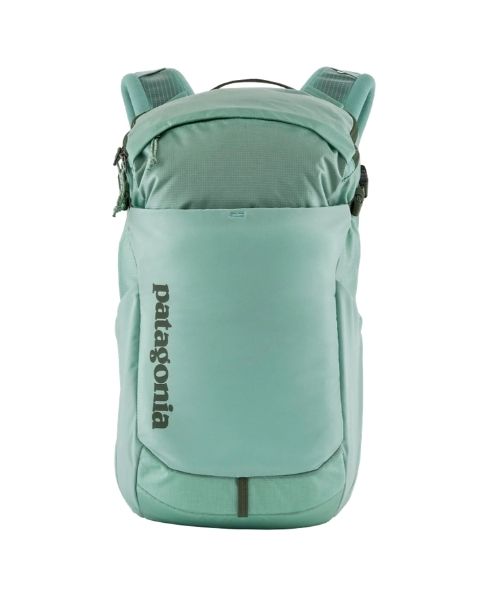

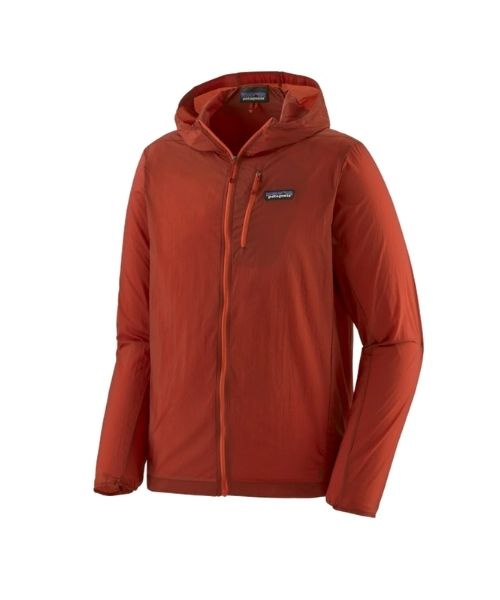
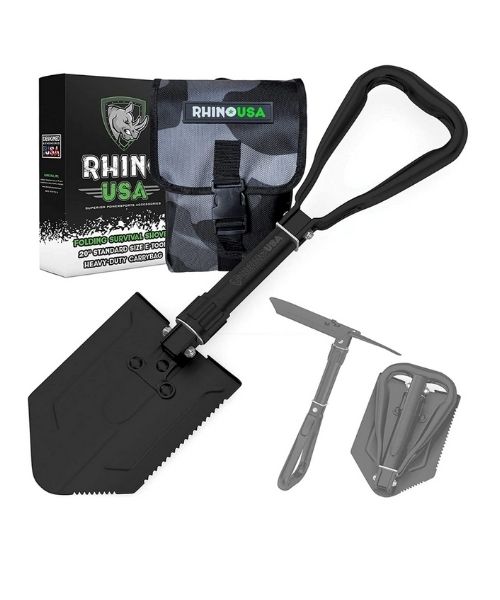
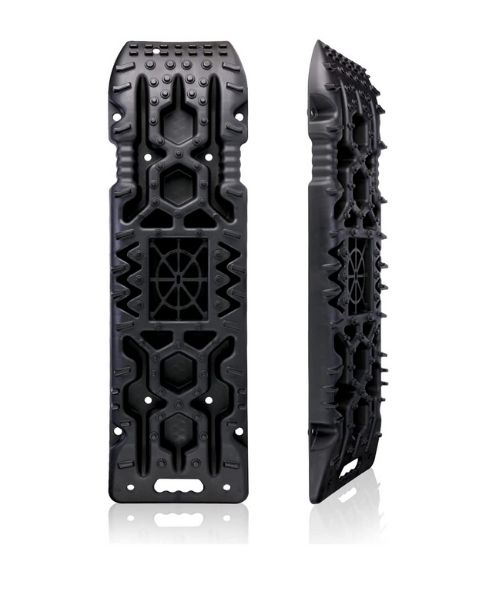
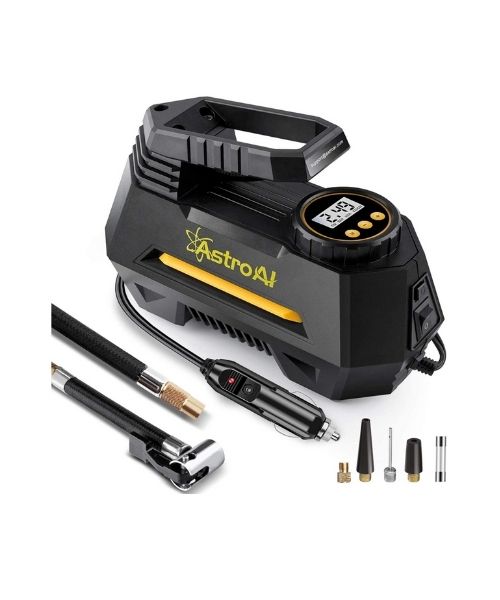

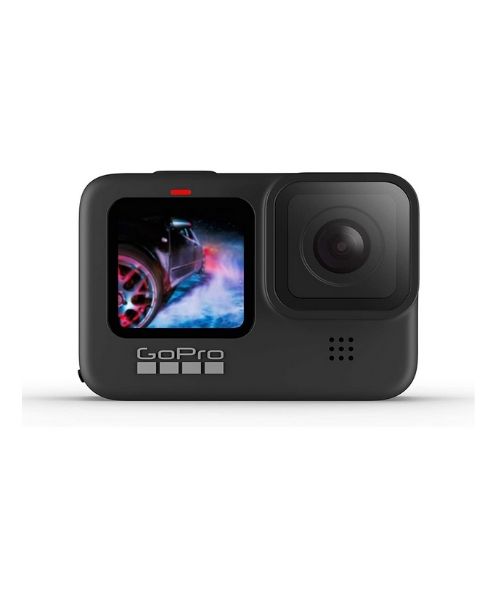

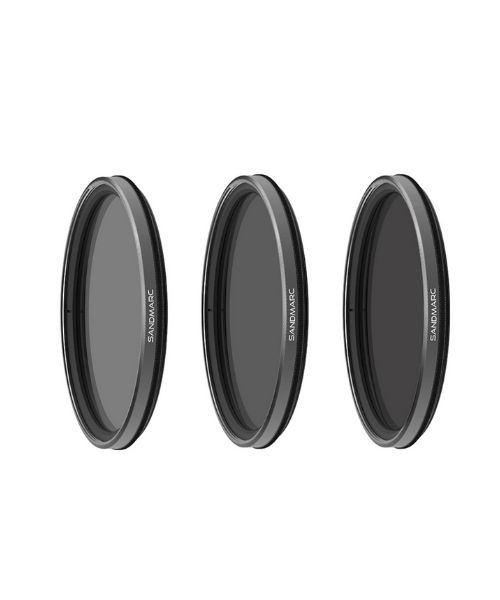
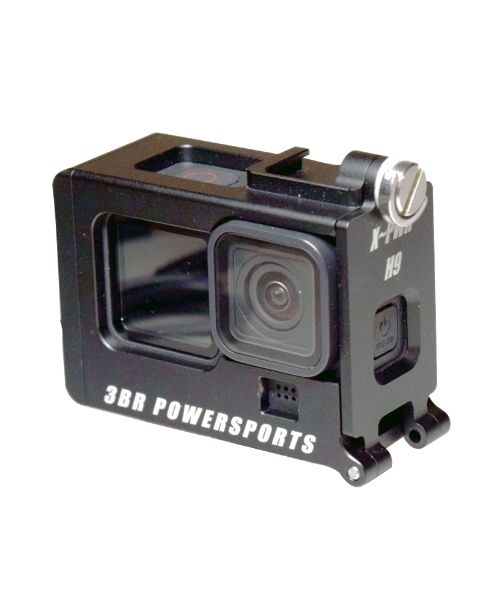
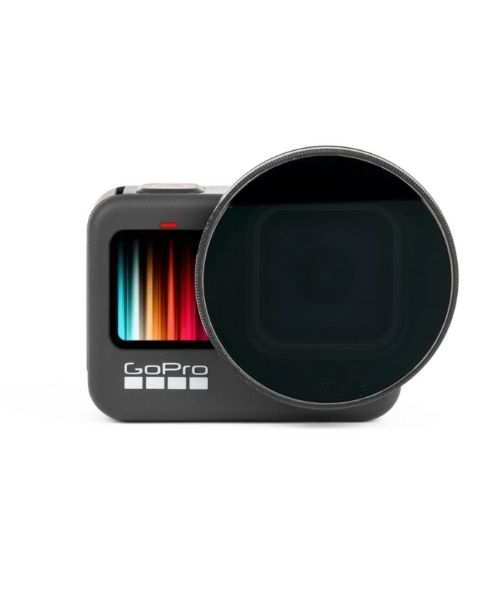
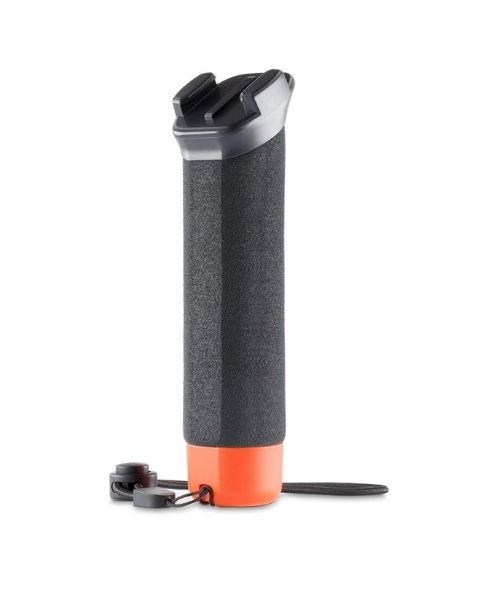
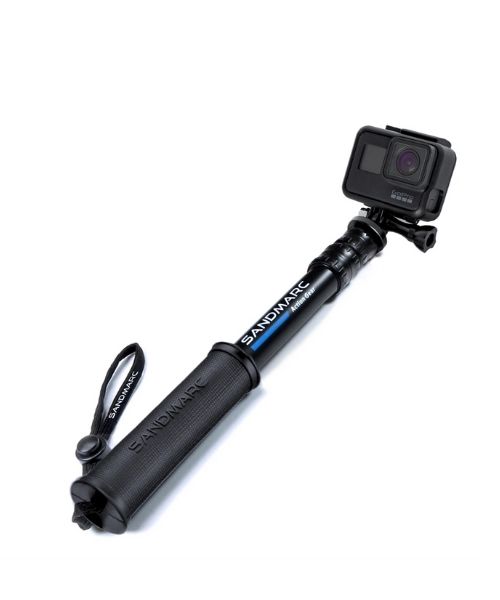
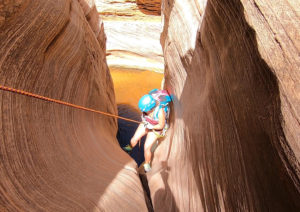
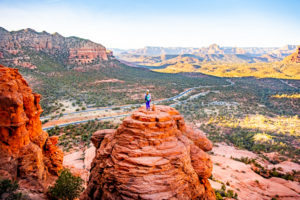
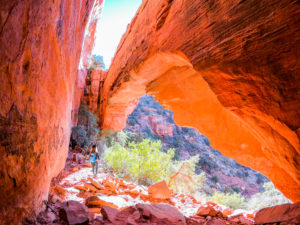
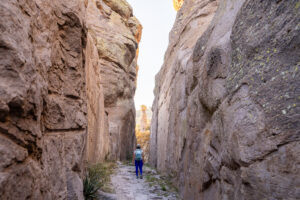
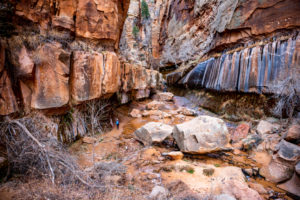



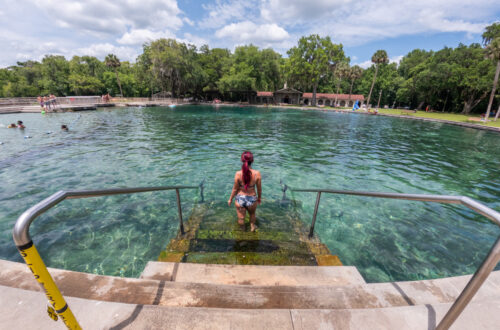
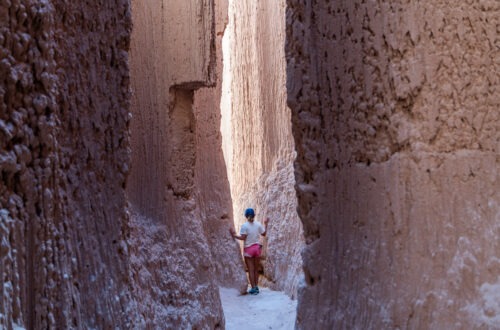
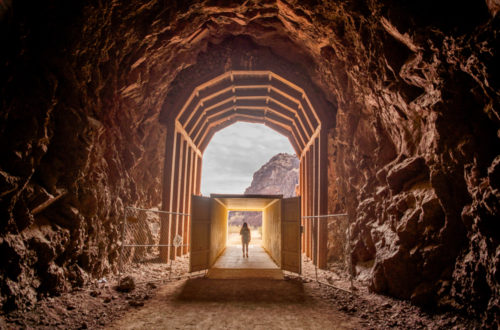
One Comment
Pingback: